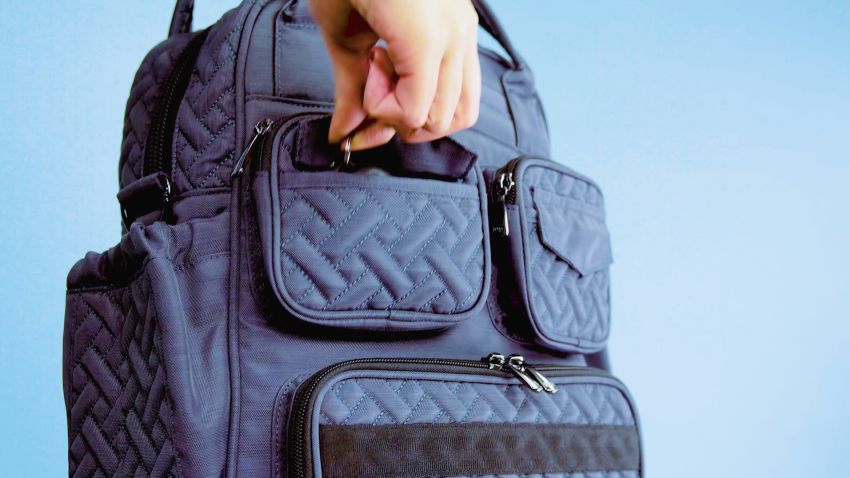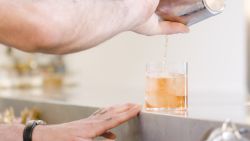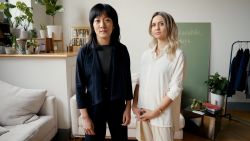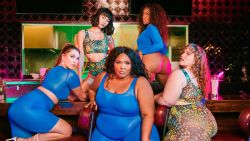In 2020, when the pandemic brought all nonessential travel to a grinding halt, Ami and Jason Richter had to think fast. They were running a flourishing business called Lug that sold fun travel bags and accessories and had a growing legion of fans, which included Oprah.
But as travel bans went into effect, households succumbed to lockdowns and work from home quickly become the norm, buying backpacks and shoulder bags was the furthest thing from people’s minds.
It was in that moment that Ami leaned on a familiar approach to navigate the company through the uncertainty.
“I’ve always believed in keeping our eyes forward and continuously reinventing our products to meet new situations in our customers’ lives,” she said.
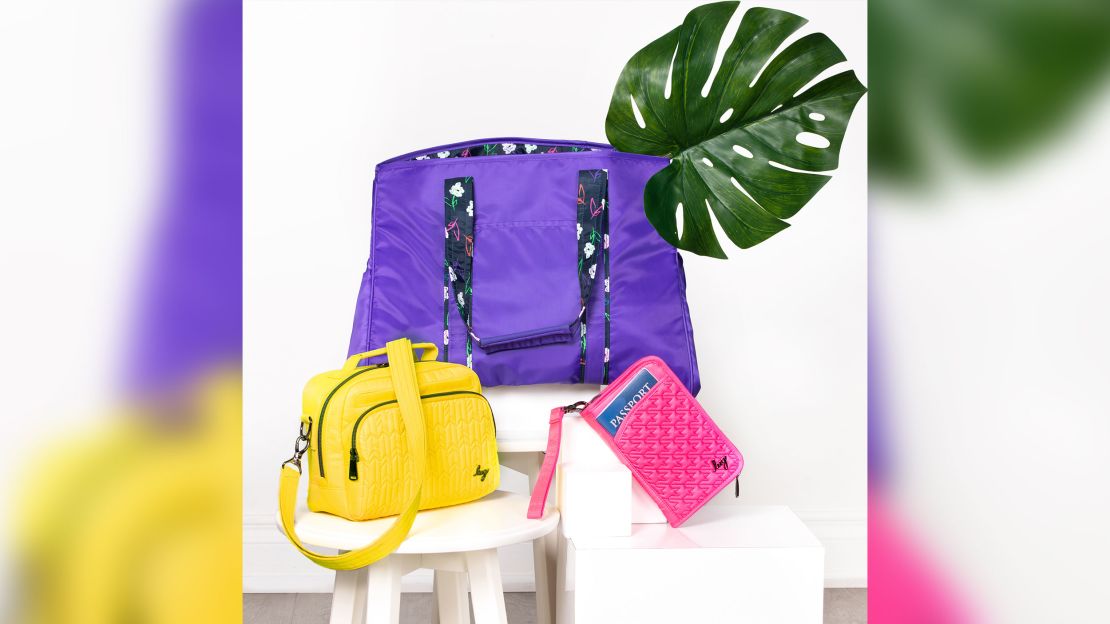
When the husband-and-wife team cofounded Lug in 2005, their idea was to create a line of highly functional yet playful quilted bags and accessories to keep people organized on the go. They launched the company that year with just three products – luggage tags, luggage straps and wallets, adding more and more varied items as their company grew.
Lug’s colorful bags feature multiple pockets and compartments to store a variety of everyday essentials like phones, laptops, cosmetics, water bottles, wallets, keys, and clothes. By the beginning of 2020, their product portfolio had expanded to over 150 different items, including gym bags, laptop bags, backpacks and suitcases.
But as travel plummeted amid the pandemic, sales of luggage and all travel-related items were decimated. Ami had to find a way to keep Lug bags relevant to a completely changed marketplace. She did it by adapting bag designs to meet the new pandemic-era lifestyles of consumers.
“We basically looked at the rapidly changing environment and catered our products to it,” said Jason.
For example, Ami added wipeable pockets made of vinyl-like material to new designs so customers could easily sanitize the bags and find face coverings as well as extra pockets to hold hand sanitizers.
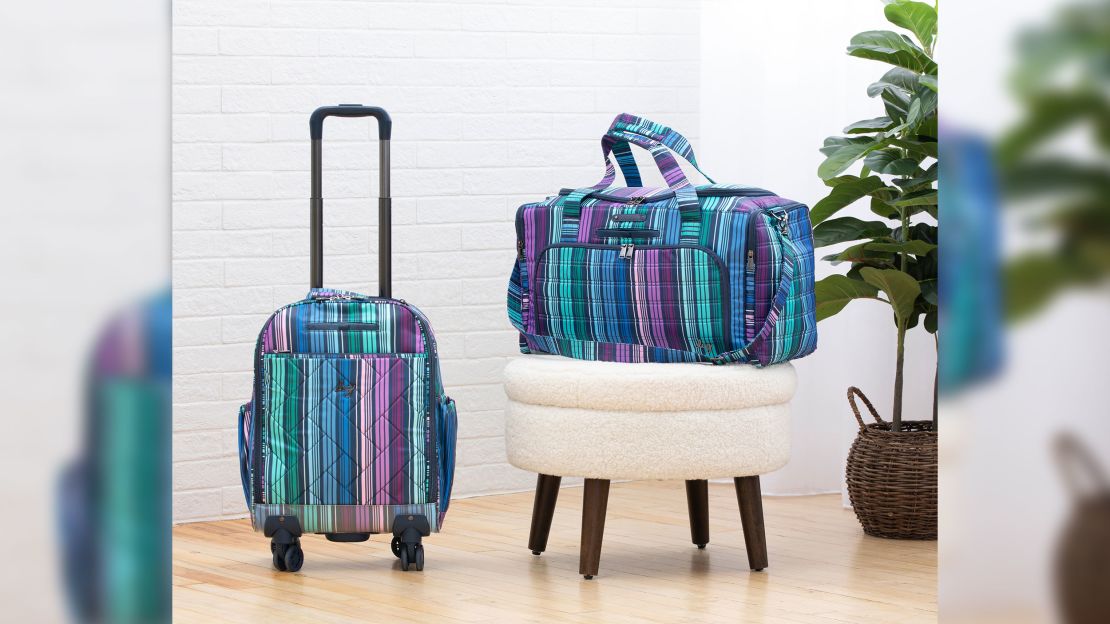
She said a majority of Lug bags now have clear wipeable pockets “where it makes sense in the design.” They also added pen holder pockets so people have their own pens at the ready.
Lug already had an advantage going into the pandemic with its primarily direct-to-consumer sales model. In 2015, the brand had joined QVC, a move that expanded their market reach to over 500,000 new customers, said Jason.
In their very first QVC appearance on July 24, 2015, Ami showcased a Lug bag called the “Puddle Jumper”, a knapsack with multiple zippered pockets inside and out. It sold out in two minutes.
“While brick-and-mortar store and malls shut down, being on QVC kept us going,” said Jason. The business’ sales increased through the pandemic and they continue to grow 15% to 20% year-over-year, he added.
“At some point road travel came back,” said Ami. “Families were visiting their parents, their grandparents and our bags were selling.”
Crafting a Lug lifestye
To date, the company says it has sold more than five million products just through QVC and more than 15 million products overall since it was created. That’s a long way from its humble “kitchen table” beginnings.
Ami and Jason met in 2004 at a Las Vegas trade show. She had a small booth next to his where she displayed a collection of urban laptop bags and other products. He was showcasing a T-shirt line.
They fell in love and spent the next several months visiting each other in Toronto and Dallas. Their long drive between the two cities inspired the idea for Lug.
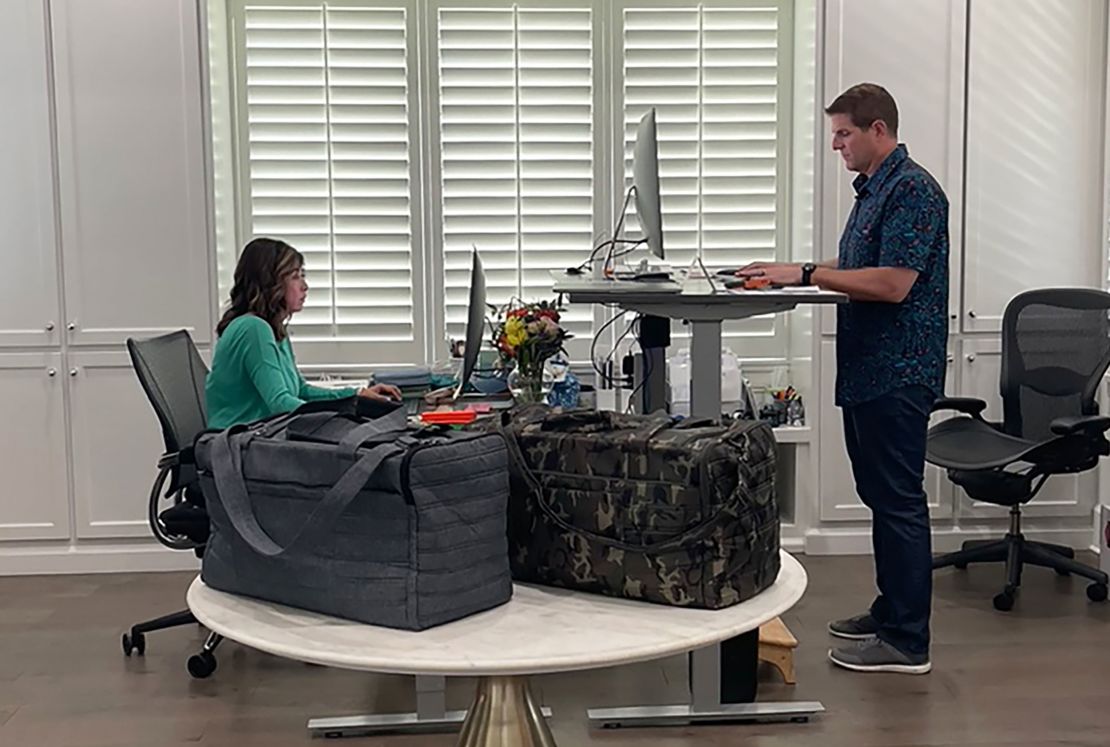
“We just really wanted to bring bright, happy colors to the travel space because it felt really black and brown and boring,” said Ami, who identified Lug’s core customers as women 40 and above, with active and busy lives who appreciate being organized.
They bootstrapped the company with $30,000 they had saved and invested the profits back into the business. The Richters said they haven’t taken any outside funding to grow Lug since then.
“We drained our bank accounts and would max out credit cards for gas for our car trips,” said Ami. “We were also our own salespeople and knocked on a lot of doors just pitching Lug.”
The turning point came in 2011, when the brand was picked up by a Canadian television home shopping channel. The QVC partnership followed two years later.
In October 2020, in the midst of the pandemic, Ami and Jason launched a daily online live shopping show called Lug Live hosted by superfans of the brand. It has six hosts who each show a curated collection of Lug products and discuss how they fit into their everyday lives.
Ami’s next idea hints at her vision of Lug becoming a lifestyle brand beyond bags.
In October the company will introduce Lug sleepwear and loungewear – on QVC, of course. “We’re about fun. Our customers already love to match our bags to what they’re wearing,” she said. “Now they can dress head-to-toe in one of our prints.”


